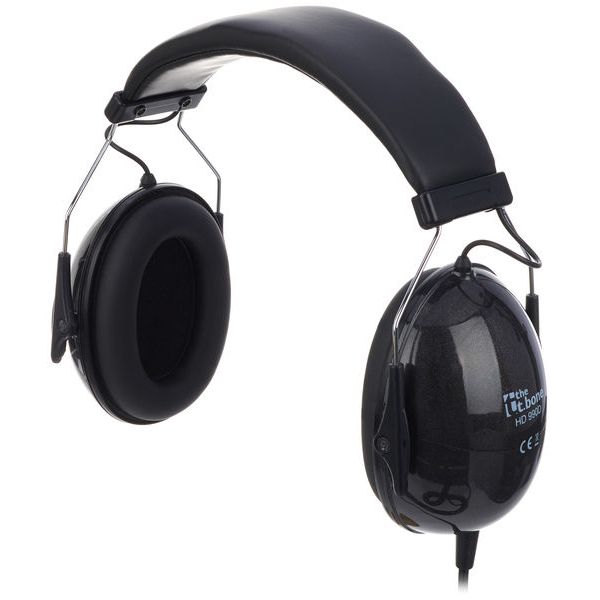Topic: RME Raydat very thin live sound with buffers 64 and lower
I have the RME raydat and connected it with my antelope orion studio 2017 through optical connection. I used both ADAT 1 and ADAT 2 for 16 inputs/output.
Everything works as expected but I have a weird issue, basically when I monitor my voice through my daw (studio one 7) whenever I set the buffers of RME lower than 128, the voice sounds incredibly thin. It records fine and all but the live sound is very thin unless I put my buffers to 128 and more, which I would like to avoid cause of latency.
Why is this? what can I do to keep the live sound as warm and nice as it is with lower buffers?
